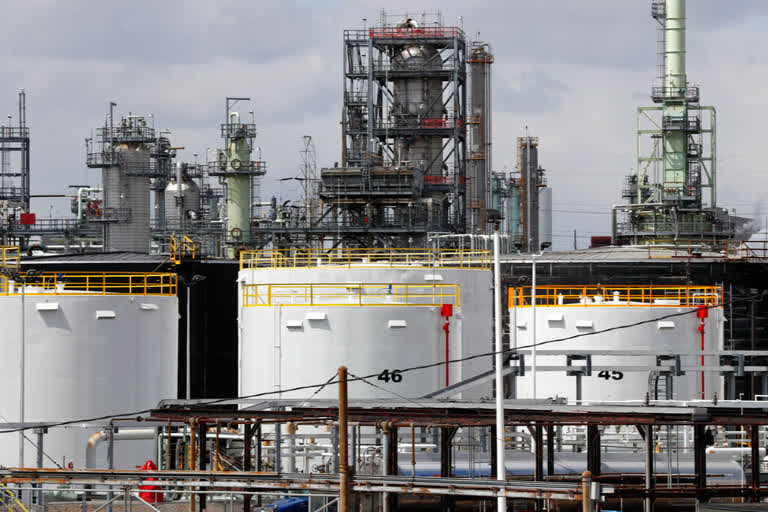New Delhi: India plans to release about 5 million barrels of crude oil from its emergency stockpile in tandem with the US, Japan and other major economies to cool international oil prices, a top government official said on Tuesday.
This is the first time ever that India, which stores 5.33 million tonnes or about 38 million barrels of crude oil in underground caverns at three locations on the east and west coast, is releasing stocks for such purposes.
Of this, about 5 million barrels will be released, starting as early as 7-10 days, the official, who wished not to be named said.
The stocks will be sold to refineries of Mangalore Refinery and Petrochemicals Ltd (MRPL) and Hindustan Petroleum Corp Ltd (HPCL), which are connected by pipeline to the strategic reserves.
"We may look at releasing more reserves later," the official said, adding a formal announcement was expected later in the day.
The US had last week made the unusual request to some of the world's largest oil-consuming nations, including China, India and Japan, to consider releasing crude stockpiles in a coordinated effort to lower global energy prices.
This after members of the Organisation of the Petroleum Exporting Countries (OPEC) and its allies rebuffed repeated requests to speed up their production increases.
India has been the most forceful about flexing its muscles as a major oil consumer, cutting shipments from Saudi Arabia by about a quarter after OPEC+ extended production cuts.
Oil Minister Hardeep Singh Puri last week in Dubai had said high prices will undermine the global economic recovery.
"We are working on releasing stocks from our strategic reserves in coordination with other nations," the official said. "The release timing will depend on the US making a formal announcement."
India is the world's third-largest oil consumer and importing nation and has been severely impacted by the relentless rise in international oil prices.
OPEC and other ally producers -- including Russia, known collectively as OPEC+ -- have been adding around 4,00,000 barrels per day to the market on a monthly basis, which many see as not sufficient to cool prices that had been rising as demand returns to pre-pandemic levels.
